Producers
-
Description:
Thank you to importer Louis/Dressner for this Radikon profile:
(Click here for Louis/Dressner's website entry on Radikon and here for Radikon's own website)
Stanko Radikon was a maverick in a land of mavericks. The town of Oslavia, on a relatively tiny stretch of hills north of the border town of Gorizia in the Isonzo zone of Friuli, is home to a number of talented and individualistic wine makers. From Radikon’s home, you can carry a plate of freshly cooked polenta to Edi Kante and Jasko Gravner, two other world-renowned winemakers, and still eat it piping hot.
Joe Dressner and I showed up on a bright, chilly morning in April at 7AM. It was hard to recognize Stanko in his vignaiolo duds. We had recently seen him wearing a natty suit and white button-down shirt at a counter-Vinitaly winetasting a few days before. Stanko was standing on the road watching for us because the sign for the winery had been removed years ago. Anonymity was the only way to get some work done and avoid waves of wine tourists.
Joe and I had an 11 AM flight from the nearby Trieste airport and it had been a long week, so we were hurried and tired, but excited to be at the winery. We had had a few memorable encounters with Radikon’s wines stateside. They were interesting, complex examples of what had come to be known, in reference to the ancestral origins of the winemaker’s working in this style and their geographic proximity to the neighboring country, as the “Slovenian” style of Friuli wines – namely hand-harvesting, extended skin maceration, large, older barrel fermentations without temperature control, no added yeasts or enzymes, and little or no use of sulfur.
The steep rolling hills surrounding the Radikon’s home/winery are testament to Fruili’s viticultural legacy. It was a particularly beautiful day to see the contiguous near 11 hectares of Radikon’s narrowly planted vines, still without foliage, laid out on the steep slope of marbled limestone clay in front of the terrace between his home and winery.
The vineyards were originally planted by Stanko’s grandfather Franz Mikulus with the local favorite, the Ribolla Gialla grape. In 1948, Stanko’s parents, who had inherited the property from his mother’s father, planted Merlot, (Tocai) Friulano and Pinot Grigio. Today his wife Suzana and their children Saša and Ivana maintain their family’s land.
We asked Stanko how he came to make the wines we had tasted earlier that week.-- these golden wines, rich with complex fruit aromas, notable for their length in palate and ability to age. Stanko simply said, “It’s how my grandfather made wine in the 30’s”, and shrugged.
That made sense to us. Radikon explains on their website:
“The winery’s philosophy is to always make a natural, organic wine with the least human intervention possible and with the maximum respect for the soils and nature.
In the vineyard, the vines are planted extremely tight (between 6. 500 to 10,000 plants per hectare). We do not use any chemicals or synthetics and the treatments using absolutely innocuous, non-harmful products are minimized. Through careful pruning and selection at the time of harvest, the hand harvested yields are kept well below 2.25 tons per acre.
In the cellar, the grapes are de-stemmed and then macerated on the skins for 30 days more, with experimentation of 6/7 months for the whites, and 35 days for the reds. The pressing is done softly using a pneumatic press. All phases of the vinifications are in Slavonian oak barrels, first in wood vats and then in large barrels in which the wines are aged for about three years before bottling. The vinifications are done using only the natural yeasts present on the grapes. There is no sulfur added at vinification or bottling.”
Radikon, while extreme, has never thought much of the use of anfora, or buried terra cotta jars, for vinification. His idea of wine is an ideal taste of recent memory, not a renaissance of ancient winemaking arts. But not one to avoid controversy, Radikon, along with Kante, have initiated a new discourse on the ideal vessel for wine with the 2002 vintage releases.
First, Stanko believes that the 750 ml size does not really provide the right amount of wine for two people to share at dinner – an argument not easily rebutted. Therefore, he wanted to bottle all of his wines in liters and half-liters so that two people could then have a half liter of white and a half liter of red.
Following from this, in studies that he and Kante conducted with a cork manufacturer, they have devised what they think is the proper size of cork for these two bottle measures that gives the optimal surface-to-air permeability ratio for aging their wines. It is a narrower, smaller cork than the classic model. In deference to this cork, Stanko himself created a prototype bottle from silicon for the new liters and half-liters, and then had them manufactured at a local bottle factory. They are graceful, elegantly-necked bottles that were designed to fit in to most spaces where a 750ml bottle would.
It took us another year and some debate to convince Stanko that he should appoint us his new importer for the United States, but we are very happy to include these very interesting and distinctive wines in our portfolio.
2020 update from Louis/Dressner:
Rather than completely rewrite Kevin's lovely text above, we decided to leave it up and update you to the numerous evolutions that have occured at Radikon over the years.
The most important is of course Stanko passing away in 2016. He was a force of nature, an influence a friend to countless people in our world. His legacy continues with the work of his family in the vines and an annual celebration of his life (now set to happen every other year) called Zivijo that occurs each December. Kevin has made of point of going each year.
Absolutely nothing has changed in the winery's philosophy, but this comes at no surprise since Saša has been helping out since he was a kid (he fondly remembers driving a tractor without a drivers license through the Slovenian border and being terribly nervous) and a partner since 2006. Suzana is of course still integral to the entire operation, and her daughter Ivana joined the family business in 2017. Saša's wife Luisa is also part of the team along with three full time employees.
Recently the family was able to acquire more land and now works 17 hectares of vines. This will principally see an increase in the S line (more on those later) and the breakdown of land is the following:
- Pinot Grigio: 3 hectares of 30 years old vines*
- Chardonnay: 2.5 hectares of 30 years old vines.*
- Sauvignon: 2 hectares of 30 years old vines.*
- Ribolla Gialla: 2 hectares of 30 years old vines.*
- Tocai Friulano: 1.5 hectares of 30 years old vines.*
- Merlot: 1.5 hectares of 25 year old vines*
- Pignolo: about half an hectare of 25 year old vines.*
*The vine ages are an average, with many much older.
Another major development at the estate was the launch of the "S" or "Saša" wines. Launched in the early 2010's, the idea was for Saša to branch out a bit on his own but have also served as entry level wines to the Radikon world. The wines see a noticeably shorter amount of maceration, 8 to 14 days versus three months. They ferment and age in smaller vessels and age only 18 months before bottling. Furthermore, they are bottled in traditional 750ml bottles and see a small addition of sulfur at bottling.
Saša has also decided to omit the Pinot Grigio from the Oslavje blend, which in now 50/50 Sauvignon and Chardonnay. The Pinot Grigio now exclusively produces Sivi. This cuvée started as of the 2016 vintage; it means "grey" in Slovenian, in reference to the grayish-pink color of the grape's skin. A red "S" wine called RS has also joined the lineup and is a blend of Merlot and Pignolo.
Image: Region:
Region: -
Description:
Thank you to importer Louis/Dressner for this estate profile:
(Click here for more on Raffault on LDM's website or here for the winery's website)
Since Olga's death, Domaine Olga Raffault is currently run by her granddaughter Sylvie and her husband Eric de la Vigerie.
The estate has terrific plots of land in the Savigny-en-Véron district, right by the Vienne riverbanks. The "Les Picasses" vineyard stands out from the rest: old vines of 50-ish years on a fairly steep slope from the riverbank that is alluvial clay with a chalk limestone base. The fruit is particularly expressive of cassis and dark cherries with a terrific mineral content and good acidity for structure.
The winemaking is most traditional. The grapes are, of course, handpicked and fermented in stainless-steel. The wines are then aged in larger, neutral oak and sometimes chestnut - a traditional wood barrel in the region. The "Picasses" spends two to three years in oak, to reduce the wine and soften the tannins, and is usually released about four years after the vintage. It often has a light garnet color belying the depth of fruit flavor and complexity. Its style is rustic, quite earthy, with hints of orange zest and deep, dark cherry flavor. The tannins are soft, but present, and the mineral complexity in the finish is superb. Over the years, it has gained cult status as one of the benchmark expressions of Chinon's terroir.
The estate makes two more cuvées of red, "Les Barnabés" and "Les Peuilles", as well as limited Chinon Blanc called "Champ-Chenin".
Image: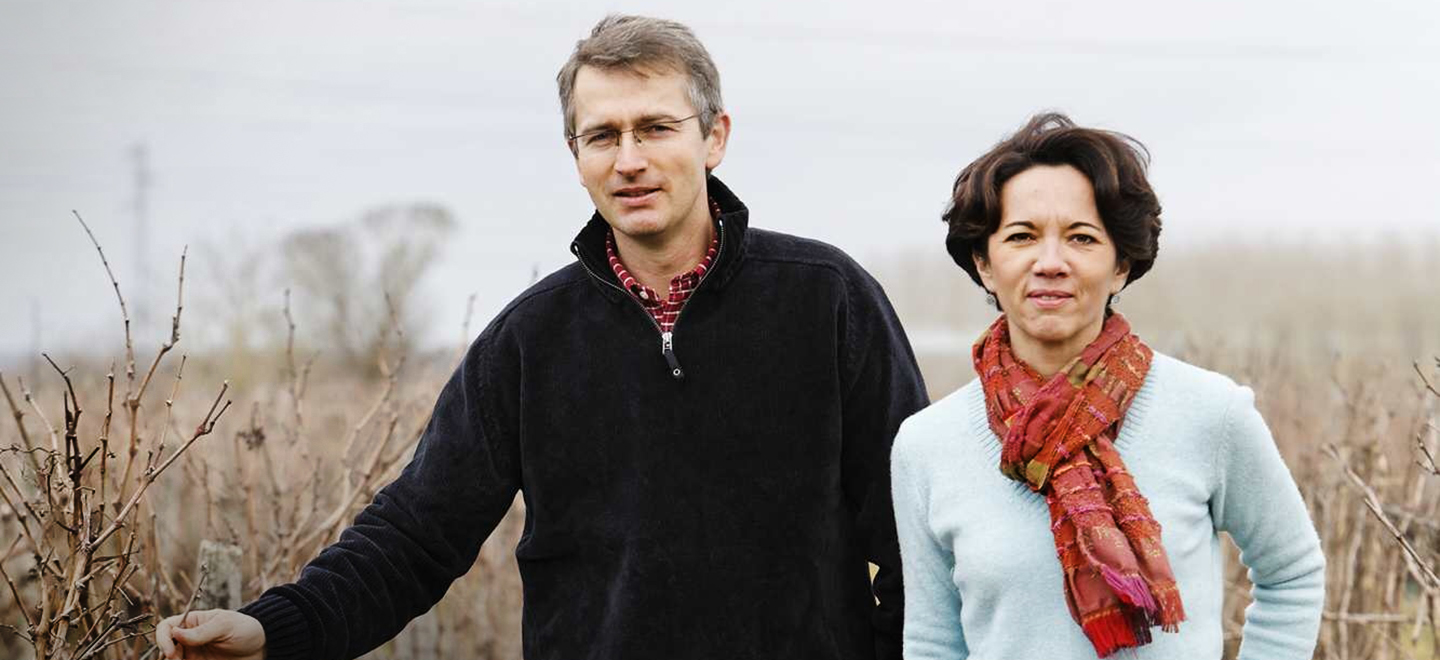 Region:
Region: -
Description:
Meet Ramona, created by renowned New York sommelier Jordan Salcito (of Momofuku and Eleven Madison Park fame). The sophistication of an Italian spritz meets high quality, organically farmed grapes and organic citrus fruit. Ramona is the first-of-its-generation, low-alcohol, easy-drinking, go-anywhere spritz. Ramona is Certified Sustainable ethically, economically, and environmentally -- but mostly it's just delicious!
RAMONA is ideal for all accounts with outdoor dining, beach and golf clubs, Italian-focused cuisine and/or pizzerias, an easy cocktail at the bar (ask us for cocktail ideas!), and for all accounts emphasizing new experiences this summer. Saluti from Ramona!
Image: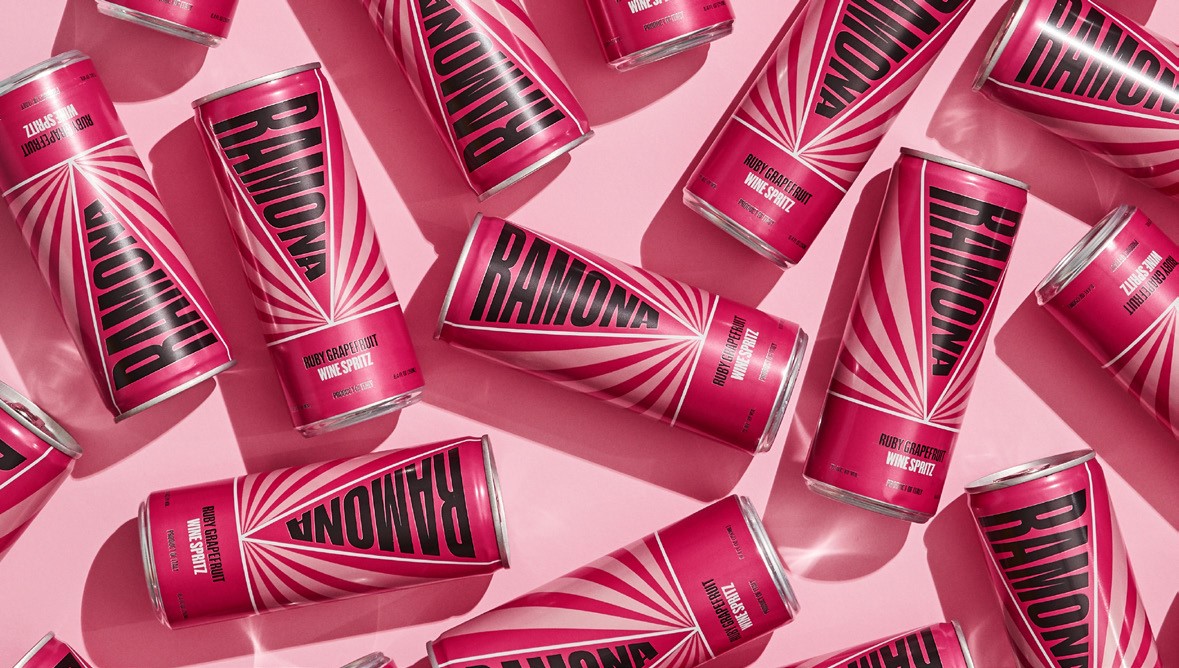
-
Description:
For more information on Ratapoil, please visit Selection Massale.
Available in California.
Image: Region:
Region: -
Description:
This comes to us from the man behind the Oro de Lidia lineup, Juan Rejon. As a drummer, he has been able to tour extensively in Mexico; when the tours are over, he takes a backpack and “loses himself in the mountains.” This adventurous way of life has led to some trouble— he’s been kidnapped twice, and has escaped twice— but along the way he has also discovered some incredible artisanal tequilas in the heart of Jalisco, which led him to start his own import-export business.
DESTILERÍA RIVESCA, S.A. DE C.V.
Rivesca SA de CV is four generations of agave farmers. The Rivera family is known for their expertise of the process of cultivating and harvesting the finest agaves Tequilana Weber Azul plants of the region. In 2006, the family expanded their skills to distilling and their own brands were created. Rivesca SA de CV is located in the heart of the finest Mexican tequila region of Amatitan, Jalisco. This land has the peculiarity of being irrigated with water from the natural springs of the Tequila Volcano, with characteristics that add to the fine taste of Tequilas distilled from the agave in the region.
Image: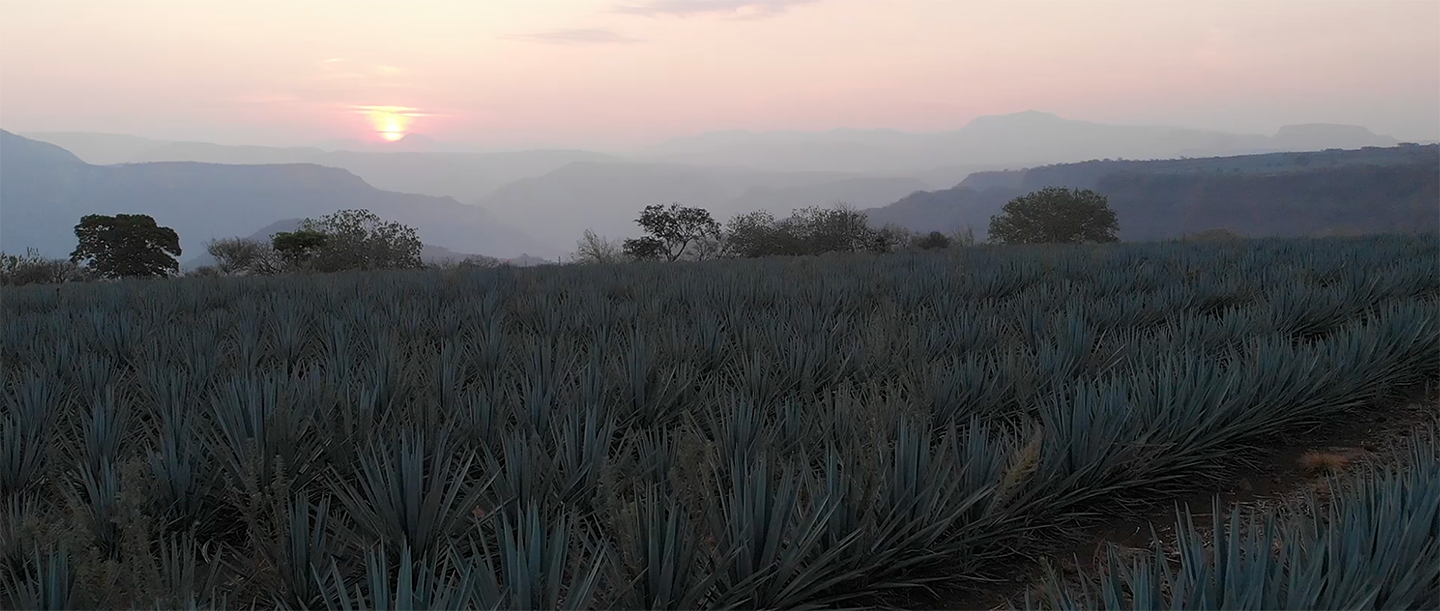 Region:
Region: -
Description:
Thank you to importer Louis/Dressner for this estate profile:
(Click here for more on the Louis/Dressner website and here for the Renardat website)
The Bugey, halfway between Lyons and Geneva, is one of the tiniest and most obscure wine areas in France. Although the altitude is modest, the terrain is very mountainous, the roads are steep and winding as in the Alps and the villages are built for cold winters – the houses made of gray/white limestones all bunched together on narrow streets.
The vineyards are hard to detect, little patches here and there on steep slopes looking southeast or southwest, lost in the midst of fields with grazing cows and dense forests. The total surface of vineyards in the Bugey covers about 170 hectares and the varietals are borrowed from all the surrounding areas: Gamay, Poulsard (a grape from Northern Jura), Roussette, Mondeuse (both from Savoie) and Chardonnay. Many still wines are produced, but the region's star wine is the Cerdon Méthode Ancestrale, a demi-sec, pink bubbly made by spontaneous but incomplete fermentation.Alain Renardat is a respected vigneron in Cerdon, and was a long-time supplier of Alain Chapel's restaurant in the Dombes. The Dombes, which, like the Bugey, is in the Ain department, is an area of ponds and marshes, known for its fish and small birds. Alain Chapel, who died several years ago, was a chef beloved among chefs, and famous for his love of wine and winemakers. A vigneron selected by Chapel was guaranteed to have great personality and wines. And while the restaurant is now closed after a long run under the helm of Chapel's widow and sons, the winemakers he'd bring together annually to treat them to dinner remain great friends.
Alain, though technically retired for years, is active as ever. Along with his son Elie, they make their Cerdon from Gamay and Poulsard, and follow the technique of méthode ancestrale (as opposed to Méthode Champenoise plain old carbonation, the preferred method used for supermarket wines). The grapes are picked by hand, pressed and fermented in cold vats until the alcohol reaches about six degrees of alcohol. After a light filtration that leaves most of the active yeast in the unfinished wine, it is bottled and continues its fermentation in the bottle, reaching about 7.5 or 8 degrees of alcohol and retaining a fair quantity of its original sugar. It is more vinous (with grapey primary aromas) than most Champagne, since there is neither dosage nor addition of yeast before the second fermentation.
Cerdon is to be consumed throughout the year following the vintage. It is fragile and requires excellent cellaring and transporting conditions. Renardat's is delicate, berry-scented, refreshing, and makes a delicious aperitif or dessert wine (even chocolate goes well with it).
2021 Update:
The 2020 vintage will mark a distinct shift and evolution in the work at Renardât-Fache. Over the years, Elie had become increasingly frustrated with the inability to assure his Cerdon be consumed in its optional drinking window (within the year of release). Hobbled sales due to the COVID pandemic were the final straw: with the abundant 2020 crop, he decided he'd create a new cuvée that could maintain fruit and freshness throughout the year.The solution was to make a 100% Gamay, non-vintage Cerdon, blending years to preserve freshness. For those who have been drinking the wines for a long time, Elie says it reminds him of what the estate was producing 20 years ago: fruity, "glou glou" Cerdon to knock back with abandon. The goal is to adapt year by year but have this cuvée represent 60 to 70% of the estate's global production. The first release will be a blend of 2019 and 2020.
For Renardât's classic vintage release (the wine we've always imported), this means two things. The first is an significant drop in overall annual production since so much fruit will go to the Gamay cuvée. The second is a large increase in the percentage of Poulsard used in the blend. The Renardât were already the only estate using significant amount of Poulsard in their Cerdon, and Elie feels the wine has gained enormously in complexity and finesse from this decision.
There has also been an intentional push to make wines with less residual sugar. The 2020's are on average 10 to 15 grams less than the 2019's, and Elie feels the additional Poulsard for the vintage bottling makes you sense sugars even less. The final, exciting development is a future release of 100% still Gamay and Poulsard cuvées!
Image: Region:
Region: -
Description:
Introducing Revelador Artesanal Mezcal, from the first ever collaboration between famed Oaxacan Maestro Mezcalero “Don Goyo” and his son Rodrigo Martinez Mendes.
3 Mesquites is located in San Baltazar, Guelavila, Tlacolula, Oaxaca, Mexico. The 3 Mesquites paleñque is synonymous with award winning mezcals handcrafted by maestro Don Goyo. As a traditional artesanal paleñque, 3 Mesquites includes a single underground conical oven, four fermentation vats, two copper alembics, and one stone Tahona drawn by a horse named Satana. Set amid corn fields and agaves, 3 Mesquites was founded by Don Goyo 30 years ago. 3 Mesquites paleñque is a short walk away from where he and his son Rodrigo Martínez Méndez were born.
The process of handcrafting Revelador Artesanal Mezcal, consists of agaves harvested at the peak of maturity and roasted in 3 Mesquite’s underground conical oven using oak and mesquite firewood to heat volcanic rocks which are first covered in agave fibers (bagazo) and then layered with the agave piñas. The piñas are covered to retain moisture and the oven is sealed with earth to steam roast each agave to perfection for over 72 hours. Agaves are cooled for several days before proceeding to extraction by a horse-drawn stone Tahona. As the agaves release their sweet nectar under the weight of the stone Tahona wheel, the juices are collected and added to cured pine wood vats with the agave fibers (bagazo) for fermentation. The natural fermentation occurs over four to seven days using only natural yeast. While ambient temperature and humidity affect the actual fermentation time, the desired alcohol level is achieved and the fermented juices (must) and agave fibers are transferred to a copper alembic still for the first distillation. The first distillation is completed in about 3 hours, after which both tails (“colas”) and heads (“puntas”) are removed, keeping only the heart or body of the first distillate (“ordinario”). The ordinario from the first distillate is transferred back to a copper alembic still for the second distillation, which is completed in about 6 hours. The resulting mezcal is bottled at 47-48% abv.
Don Goyo and Rodrigo, along with 3 Mesquites are committed to sustainable practices that give back to the land for the bounty it provides. All of the agave fibers (bagazos), are composted for fertilizing the agave and corn fields, the waste water (vinazas) are recycled and used for adobes and fertilizing, while all of the firewood is reclaimed from fallen trees. Don Goyo has also begun to semi-cultivate all of the varietals used by 3 Mesquites in order to alleviate pressure on wild agave populations.
Image: Region:
Region: -
Description:
Rivano is located in the village of Calasetta, on the island of Sant' Antioco, just off the coast of the extreme southwest corner of Sardegna. Angelo's family has been making wine for three generations for personal consumption and for barter and sale in their town. The first bottling of Intrigu produced for export beyond their immediate area was the 2015 vintage.
The 1-hectare vineyard of Carignano was planted in 1982, and has a southeast exposure with a high content of sand. Since phylloxera is unable to take root here, the bush vines are planted piede franco (ungrafted) at 6000 plants per hectare. Bush training helps protect the vines from the intense winds in the area. No herbicides are used, only manual weeding. Copper and sulfur are used for disease control; one light seasonal application of a pesticide may be used against the European grapevine moth. Only manure produced on the farm is used for fertilization.
Image: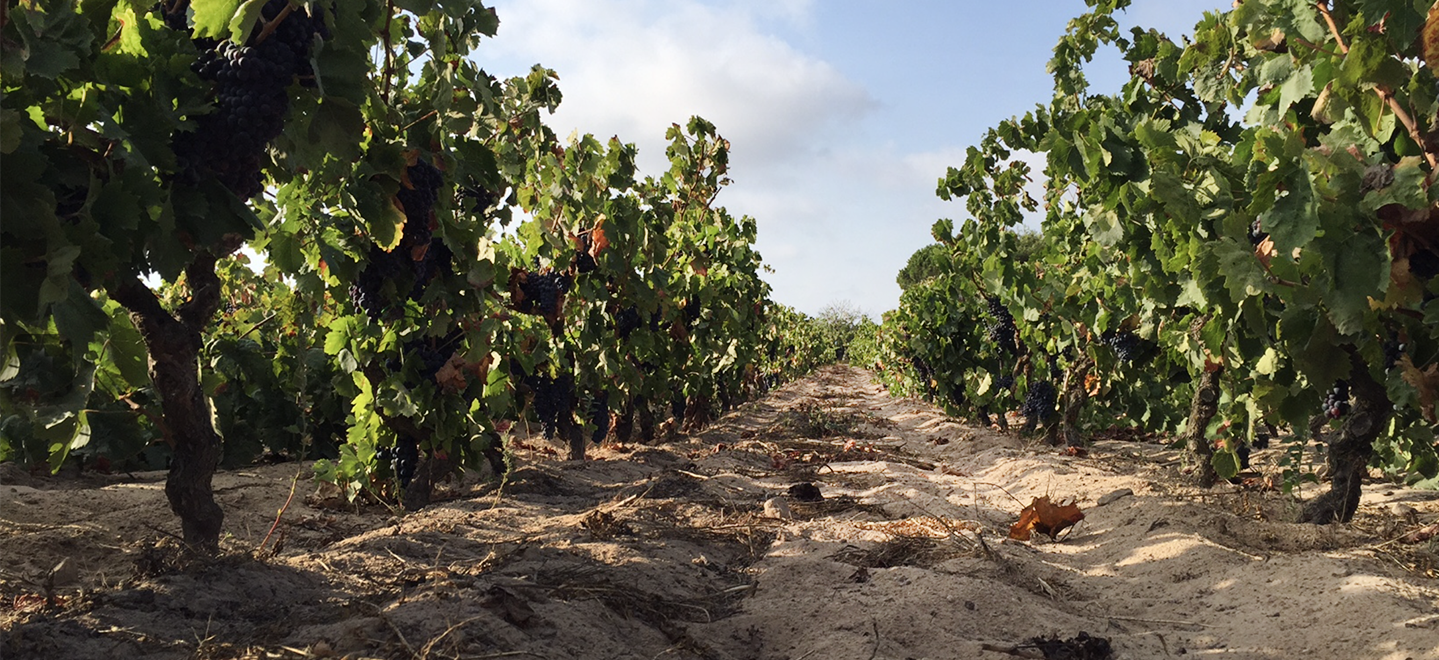 Region:
Region: -
Description:
Philippe Durand of Château Rocher Corbin is making some of the most exciting wines in the satellite appellation of Montagne-Saint-Emilion. His 10.5 hectares are in one block, perfectly situated on the western slope of Mount Calon, the highest point in the area. This vineyard site provides maximum exposure to the sun and a perfect natural irrigation with a sandy soil mixed with clay. The vines average 45 years-old and more than 15% of the vines are more than 80 years-old. There is a very special patch of pre-phylloxera Merlot that is 150 years old!
Philippe pours his efforts into getting the very best fruit. He was among the very first in the area to apply sustainable agriculture, including ground covers, de-budding, short pruning and leaf removal. Today, he has begun the certification process for organic agriculture, although he has been farming organically for years. His vineyards are full of life, with long grass and wild clover. The grapes are hand-harvested in 10-kilo baskets to avoid damage, then sorted manually before de-stemming to eliminate any small withered berries. Finally, an additional manual sorting of each berry is done after de-stemming to ensure that no stems remain. He’s mostly using cement for fermentation, but he’s doing a small amount of fermentation in barrel too. Fermentations are spontaneous. Over the years, he’s worked with using as little sulfur as possible and since 2017, the wines have been sulfur free. Wines are aged for 12 to 14 months in oak, with an average of 50% new oak. The wines are characterized by bright fruit, fine tannins and floral aromatics that give this wine elegance.
Image: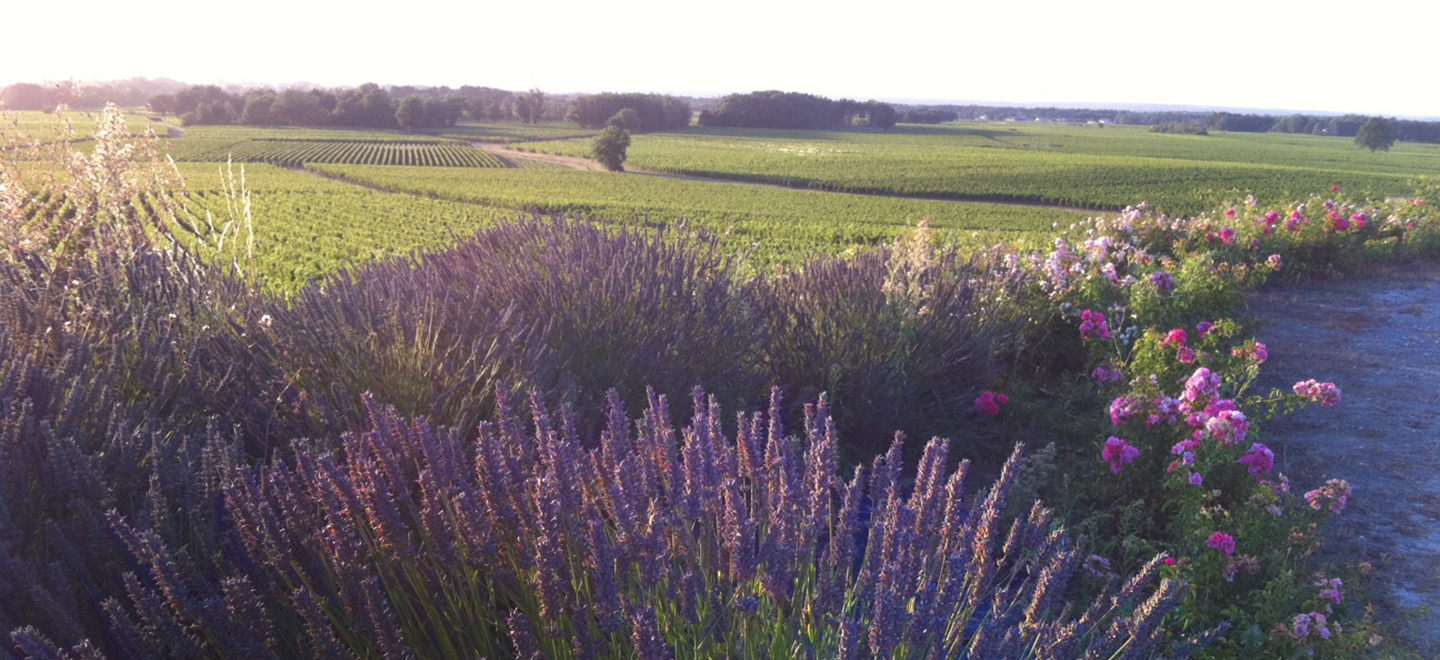 Region:
Region: -
Description:
Domaine de la Rochette has been in Vincent Leclair's family for four generations. Upon taking over the fifty hectares of vines from his father in 2014, Leclair made some changes in the vineyard management. He kept grass in the rows and stopped using insecticides, instead opting for sexual confusion horomones. He invested in new tractors that are much more precise in their applications and it allowed him to reduce his treatments by 50%. Although he likes the idea of organic farming, it's very challenging because Touraine gets a lot of rain and there is mildew pressure. For his plots in the Chenonceaux vineyard, he is organic. Treatments for mildew in the other vineyards are done as sparingly as possible and the winery is certified sustainable with HVE3.
The domaine is located in Pouillé, a small wine village on the Cher River in the heart of the Loire Valley. The vineyards are located on the slopes of the Cher river and benefit from a semi-continental climate on multiple terroirs and “perruche” (made of clay with flint, silica and gravel). He also has some vineyards on the plateau which has more clay. Most of the parcels, especially for the Sauvignon, are in the “première Côtes” with a beautiful exposure and and rather steep slopes, perfect for natural drainage.
Leclair only works with fruit from his own vineyards. He makes an assortment of wines ranging from Gamay, Pinot Noir, Pineau d'Aunis and sparking Chenin Blanc. The majority of his vines are Sauvignon Blanc, representing twenty of the fifty hectares. Domaine de la Rochette was also one of the first twelve wineries making wine in the new Chenonceaux appellation, established in 2011. In the cellar, Leclair works with a pneumatic press and temperature controlled stainless steel tanks, allowing him to make transparent wines that showcase the terroir.
When we met with Leclair in 2018, we had the chance to discuss the the reason that Touraine Sauvignon is such a different expression compared to Sancerre, 85 miles east of Pouillé. First, of course, the soil is different, with Kimmeridgian limestone and clay soils in Sancerre. The climate is also different, Touraine tends to be warmer by a few degrees. Yields are smaller in Touraine. The legal limit is 50hl/ha in Touraine compared to 65hl/ha in Sancerre. And Leclair said that they tend to harvest later in Touraine compared to Sancerre where they do not want to take the risk of bad weather with a later harvest. Sauvignon from Touraine has softer edges, less aggressive aromatics, ample fruit that is balanced with minerality. The Touraine Sauvignon from Rochette is a wonderful example of the best that Touraine has to offer and the Chenonceaux is not to be missed!
Image:Region:
